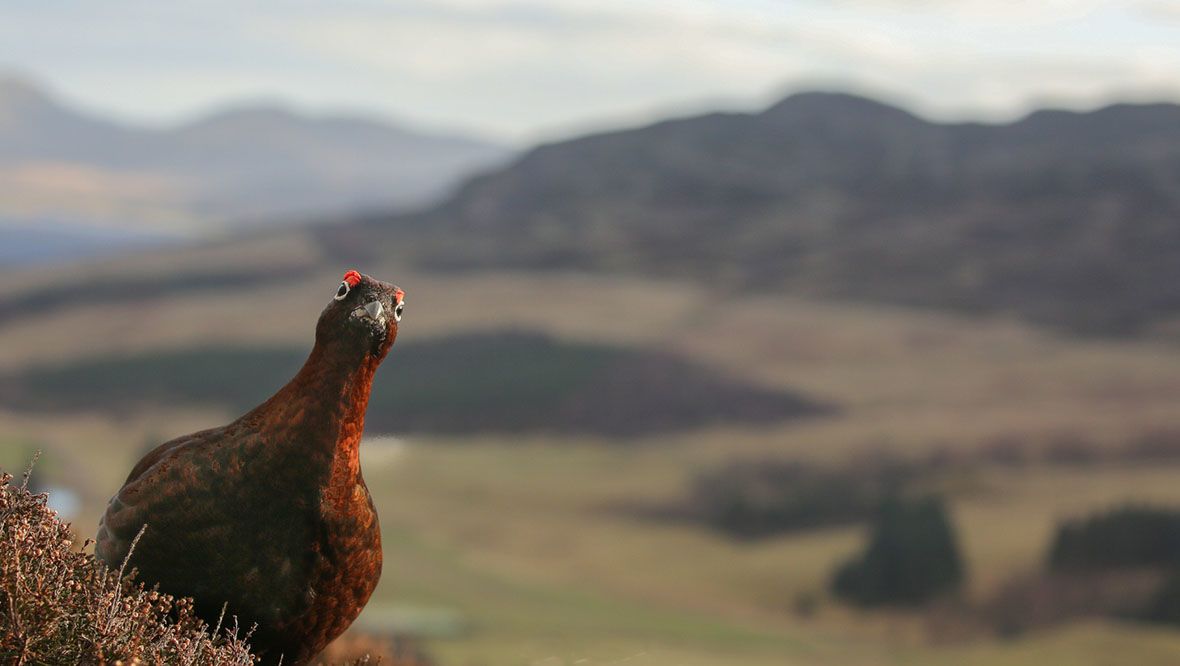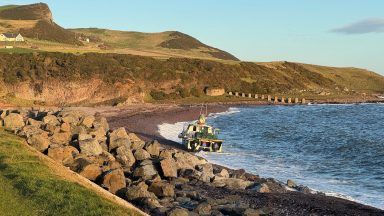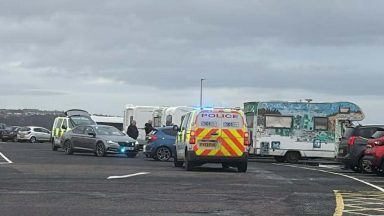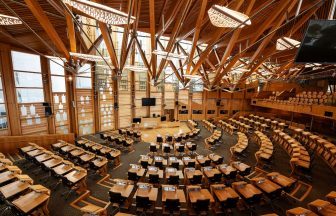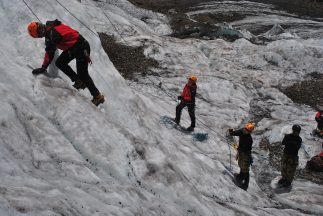Grouse moor licensing will be in force for the beginning of this year’s shooting season for the first time in Scotland.
Monday marks the start of the UK’s grouse shooting season, known as the Glorious Twelfth by game-hunting enthusiasts.
Scores of Red Grouse are shot for sport in the UK, particularly in Scotland and Northern England.
But charities hope the arrival of a new wildlife law aimed at protecting birds of prey and regulating the grouse shooting industry will bring “positive change” for nature.
The 2024 shooting season is the first since the Wildlife Management and Muirburn (Scotland) Act was passed in Scottish Parliament earlier this year.
This means grouse shooting must now be carried out under licence to tackle the longstanding illegal persecution of raptors across Scotland.
Grouse shooting is linked to an increase in raptor persecution incidents in or around grouse moors, where birds of prey are illegally killed in order to preserve grouse stocks and to clear the ground before the start of the shooting season.
Data from the Royal Society for the Protection of Birds (RSPB) records 488 bird of prey persecution incidents in Scotland from 2007 to 2022, concentrated around grouse moors in the Highlands and southern uplands.
The charity hopes the new law will also provide a blueprint for south of the border.
Duncan Orr-Ewing, head of species and land management for the RSPB, said: “This is a landmark year for wildlife in Scotland, and a changed landscape for grouse shooting.
“We’ll study the results of this season very carefully and compare it to previous years, but we should expect to see a significant decrease in illegal killing of birds of prey on grouse moors as a result of this new law, and a significant recovery in some bird of prey populations including hen harriers.
“The 2024 season will be a first test of this new law in Scotland. The RSPB has been campaigning for many years for legislation in order to tackle the ongoing illegal killing of birds of prey and other harmful environmental practices which have been associated with driven grouse shooting.”
Wet weather may mean a subdued start to the season for shooting estates, as numbers of grouse for sporting clients to shoot may be reduced.
This situation is becoming a pattern, largely driven by climate change, and should encourage more shoots to look at developing more a mixed model of grouse shooting and wildlife viewing experience.
Currently most grouse shoots are run on a commercial basis, and shoots compete to deliver larger numbers of ‘bagged’ (shot) Red Grouse, which encourages shoot managers to increase the numbers of grouse available.
Burning on sensitive habitats, such as peatland, is undertaken to create heather moorlands, a preferred food source for Red Grouse.
Known as muirburn in Scotland, the practice involves setting fire to areas of carbon-rich peatlands to clear out older heather and encourage growth of newer plants, leaving upland habitats and wildlife vulnerable to climate change as wet peatlands are dried out.
A Scottish Government spokesperson said: “The Wildlife Management and Muirburn (Scotland) Act 2024 is a significant step in our wider journey to ensure Scotland’s environment is managed sustainably.
“We have struck the right balance between improving animal welfare, supporting rural businesses and reinforcing a zero tolerance approach to raptor persecution and wildlife crime.”
Follow STV News on WhatsApp
Scan the QR code on your mobile device for all the latest news from around the country


